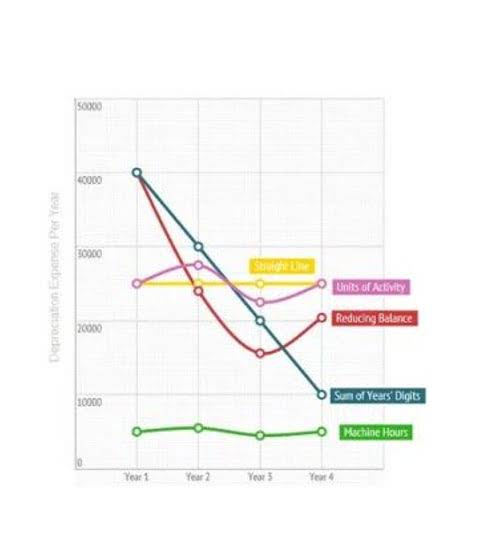
To explain, the IRS calls this type of taxation “pass-through taxation” because the tax liability belongs to the owner of the business, “passing through” to the business owner’s personal tax return. This means that you’ll complete a separate form for your sole proprietorship taxes, Schedule C, which you file with your personal income tax form, Form 1040. Bookkeeping for a sole proprietorship is a vital process that ensures financial accuracy and compliance with tax regulations. Sole proprietors must effectively manage their financial transactions, as their business and personal finances are often intertwined. By adopting a sound bookkeeping system, sole proprietors can maintain organized records that support the growth and sustainability of their business.

That includes choosing when to send invoices, how quickly you expect them to be paid, and which payment methods you’ll accept. A sole proprietorship is an unincorporated business that only has one owner. This is a popular business type among freelancers and entrepreneurs because it’s easy and affordable to register as a sole proprietor. You’ll want to make sure you have all the necessary permits and licences that your state requires.
Do I only need to file one Schedule C with my federal tax return?
We’re firm believers in the Golden Rule, which is why editorial opinions are ours alone and have not been previously reviewed, approved, or endorsed by included advertisers. Editorial content from https://www.bookstime.com/ The Ascent is separate from The Motley Fool editorial content and is created by a different analyst team. Reporting options are limited in Wave Accounting, with only 12 reports available.
You can read more about our ratings for various business accounting software here. You should be familiar with more than one software as some of your clients may have a preference in terms of the accounting software that they’d like you to use. Visit Uplinq today to schedule a demo and learn more about how purpose-built financial automation can simplify sole trader accounting bookkeeping overhead for your sole proprietorship. Let’s explore the key bookkeeping responsibilities sole proprietors should be sure to handle to set their businesses up for current and future success in your bookkeeping for sole proprietors. No matter the business type or industry, every business owner must know how to read financial reports.
Categorize Transactions
You may find it easiest to contact your bank, but this only works if you used your EIN number to open a bank account. If you used your EIN number to apply for a local or state license, you can contact the government agency you applied with to track down the number. Claire is a senior editor at Newsweek focused on credit cards, loans and banking.
- Also track gas, insurance, maintenance, and lease/financing payments for vehicles used for your business.
- Use your personal bank account to pay for your personal and home operating expenses.
- Staying on top of your books of accounts will help you learn how to compute tax and run your business better.
- By eliminating personal transactions from business accounts, the books get a little easy to manage.
- Users of the accounting software Bench can be paired with a professional bookkeeper who can handle all their tax filing needs.
- Once your balance sheet tracks profits made and reported losses, you can easily reconcile all your transactions.
If you want to make sure you maximize your sole proprietorship tax deductions, we recommend working with an accounting pro. Users of the accounting software Bench can be paired with a professional bookkeeper who can handle all their tax filing needs. Additionally, it’s important to note that although you can deduct your business expenses, not all of them correctly reported on your profit and loss statement are 100% deductible.
